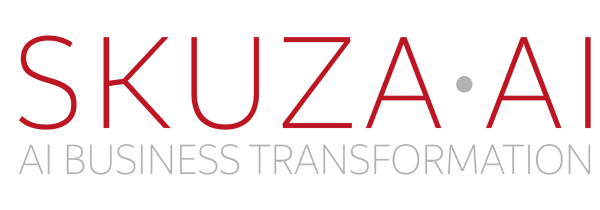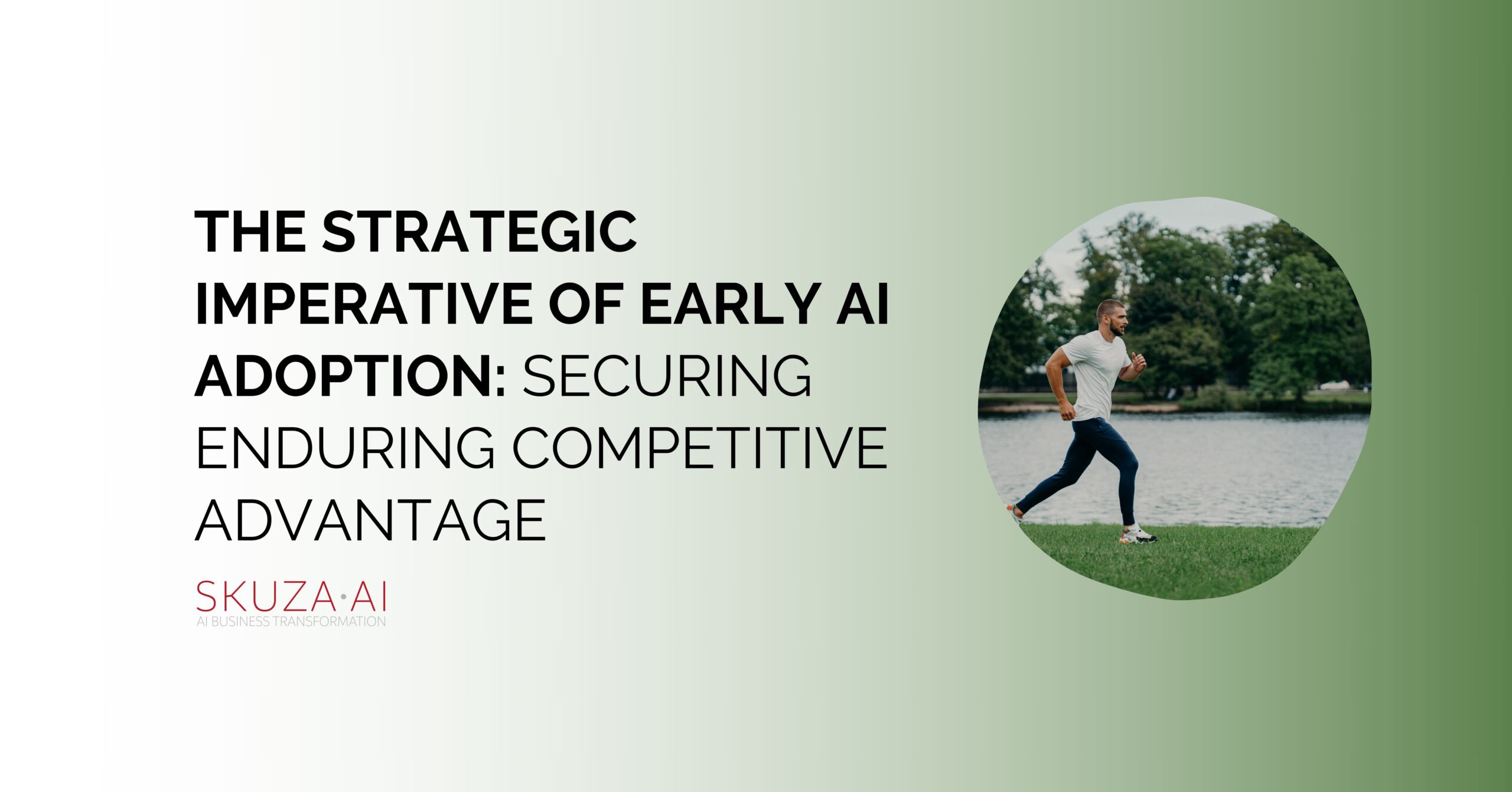The success of your artificial intelligence projects may depend upon data science and machine learning but also the right business focus, prioritization, and product roadmap design. The effective deployment of AI-powered products will require building well-rounded teams that include people from a wide range of backgrounds and skillsets, including non-technical roles.
The goal of this post: In this post, I am going to explore the mix of roles and skills set, which should be onboard to drive the launch and development of AI-powered products.
Table of content:
- What are the five core types of AI skills you need to launch and develop AI-powered products?
- What are the roles which businesses need to recruit when building AI-powered products or services?
- Software Engineer
- Machine Learning Researcher
- Data Scientist
- Machine Learning Engineer
- Product Manager of AI-powered products
- Conversational UX designer and researcher
- Growth Hacker
- Conclusion
Five core types of AI skills which are excellent to plot into the team.
- People who can map business processes, decide which ones are crucial to establishing scenarios, use cases, and business cases.
- People who understand data science, machine learning, math, statistics and can conduct forecasting and data labeling and optimization,
- People who can evaluate data early, run and can quickly sample data, provide feedback regarding data quality
- People who understand product roadmap, know how to experiment with prototypes, who can collect data directly from customers and end-users, who can build assumptions and drive iterations
- People who can build architecture, understand software and hardware and can craft, test and implement the ecosystems which are necessary to host AI
You can, and I believe you should get started with the skills you have, but as AI starts to become core to your products and service portfolio, I think you should consider building the expertise in-house.
Let’s look at a variety of experts and roles – including non-technical, business roles – that can be valuable to an AI team. What many companies don’t recognize is that building the complete AI team isn’t just about data scientists, engineers, and software geeks. The business side of the company should also redesign itself and having CAIO (Chief Artificial Intelligence Officer), CDO (Chief Data Officer), VP of AI, or CIO / CMO / CTO who are also involved in AI-powered products management and development. The top of the company needs to be redesign too. Otherwise, the bottom-up initiatives will not be as effective as they can be when AI sits on the strategic level.
What roles do businesses need to recruit when building AI-powered products or services?
a) Software Engineer job responsibilities usually consist of the following elements:
- Develops information systems by designing, developing, and installing software solutions.
- Determines operational feasibility by evaluating analysis, problem definition, requirements, solution development, and proposed solutions.
- Develops software solutions by studying information needs, conferring with users, and studying systems flow, data usage, and work processes.
- Follows the software development lifecycle.
- Documents and demonstrates solutions by developing documentation, flowcharts, layouts, diagrams, charts, code comments, and clear code.
- Prepares and installs solutions by determining and designing system specifications, standards, and programming.
- Obtains and licenses software by getting required information from vendors, recommending purchases, and testing and approving products.
- Delivers information by collecting, analyzing, and compiling development issues.
- Artificial intelligence software engineers need to perform calculations and need to have excellent mathematical skills to do so. Typical fields of specialization include computer science, artificial intelligence, robotics, and engineering.
b) Machine Learning Researcher / Machine Learning Research Engineer
A person who holds this position identifies areas of differentiation and innovation around the specific field (for instance, mobile camera) by finding, studying, and evaluating new and existing algorithms and user interfaces. Some businesses might require this person to prototype algorithms and applications in specific languages and understand the constraints to research feasible and efficient algorithms. Some other duties might include collaboration with production engineers, software engineers, and AI product managers to deploy the results of the research, participating in meetings and brainstorming with academia, working on models research. Most of the time, MLR looks for algorithms, tries to evaluate them, and stays up to date with R&D teams and their challenges.
If you want to subscribe to The Innovation Letter and get the next article into the mailbox, subscribe here
[super_form id=”1271″]
c) Data Scientist
Data Scientists solve complex data problems through employing expertise in a specific discipline. A data scientist is an analyst who proactively gets data from numerous sources and analyzes it for a better understanding of what are the particular discipline rules, how the specific business performs, and to build AI tools that automate particular processes. Some typical responsibilities of DS can look like the following ones:
- Analyze the immense amount of domain data (for instance, retail, manufacturing, security breach) collected by the business to notify the marketing, sales, product management, and software engineering teams.
- Determine new and significant metrics of the company data products, for advising internal development teams and for automatic validation of customer-bound data.
- Work with the company customers to assure that the gathered data and analytics provide a strong return on investment, delivers value, and can be leveraged for further value increase.
- Develop decisive and intuitive data visualizations, build decks and reports, explain data insight through visualization.
d) Machine Learning Engineer / Data Engineer
The person who serves as Data Engineer works closely with labs, researchers, Data Scientists, and product teams on developing new classes of actionable insights at the intersection of deep learning and data mining. Artificial Intelligence Engineer / Data Engineer should also translate business needs into building reliable and scalable technical systems. The core focus of the Data Engineer usually is on evaluating, developing, maintaining, and testing big data solutions for analytics projects. The role can also include big data pre-processing, including collecting, managing, analyzing, and visualizing large sets of data to turn information into business insights.
e) Product Manager of AI-powered products
The AI Product Manager is a new role that is close to the classic Product Manager but presents some differences regarding AI specifics. Artificial intelligence is an area of computer science that emphasizes the creation of intelligent machines that can perform highly efficient algorithms. According to Merriam – Webstar, AI is a branch of computer science dealing with the simulation of intelligent behaviors in computers. Developing a tremendous AI-powered product requires many iterations as the algorithms and models need to learn new patterns and create independencies consistently. It is the most significant difference between the job of a classic product manager and the role of AI product manager. The last one needs to be fluent in conducting many experiments, co-create value proposition with customers and run fast and lean iteration. If the AI Product Manager is fluent in designing a product roadmap, project plan, and quickly evaluate both with customers, she will help data scientists, software engineers build smart algorithms faster and bring higher value through the AI ecosystem.
AI Product Manager also:
- works with executives and business line stakeholders to define the problem statements that AI can solve,
- helps prioritize, and rank the solutions,
- develop business cases which leverage AI specifics,
- help create product strategies and map out features
f) Conversational UX designer and researcher
A user experience (UX) designer must have a clear understanding of business goals and user behavior. If the user interface is going to be highly responsive with a high level of adjustment, it needs a great UX designer who understands how AI ensures customization. UX designers are almost always responsible for designing and delivering wireframes, user stories, user journeys, and mockups optimized for a wide range of devices and interfaces. AI is about to adjust the device or software to customers’ habits, patterns of work, patterns of using an app or piece of hardware.
UX designers take a user-centered design approach and rapidly test and iterate designs. AI-powered product’s highest value is to reflect users’ expectations with the blink of the eye. For this reason, UX designers need to be part of the AI team. They ensure that the specific design and user interface dynamically reflect everything that AI has learned by examining end-users behavior.
g) Growth Hacker
A growth hacker is a person who uses creative, lean strategies to help businesses acquire and retain customers. Growth hackers focus solely on strategies related to growing users bases, increasing retention, referrals, and, hopefully, revenue. Every AI team, which is about to release AI-powered products, should have growth hackers available. This person can quickly acquire a set of traction which directed to AI-powered product provides data, behavior data, and other essential footprints. A growth hacker also helps with conducting iterations as this person has skills that help to get feedback from end-users. Every AI Product Manager needs enough input from target customers to design a compelling value proposition. Growth Hackers help to collect this feedback but also test a value proposition via quick product experiments.
Conclusion
Putting together an AI team can be exhausting. I think that AI should not be utilized if it does not deliver value to the business. Executives sometimes make the mistake of building the team before they know if they even need the AI team and what roles should be present in the group.
To finish, though, I want to emphasize that you can get started with a small team. You don’t need 50 people to do design, prototype, and launch AI-powered products. Whether you have one Software Engineer or just a single Machine Learning Engineer and Data Scientist, you can start experimenting with AI.
WOULD YOU LIKE AREK TO WORK WITH YOUR ORGANIZATION?

If you are interested in working with Arek Skuza for a business project, workshop, speech or presentation, please fill out the form here.

